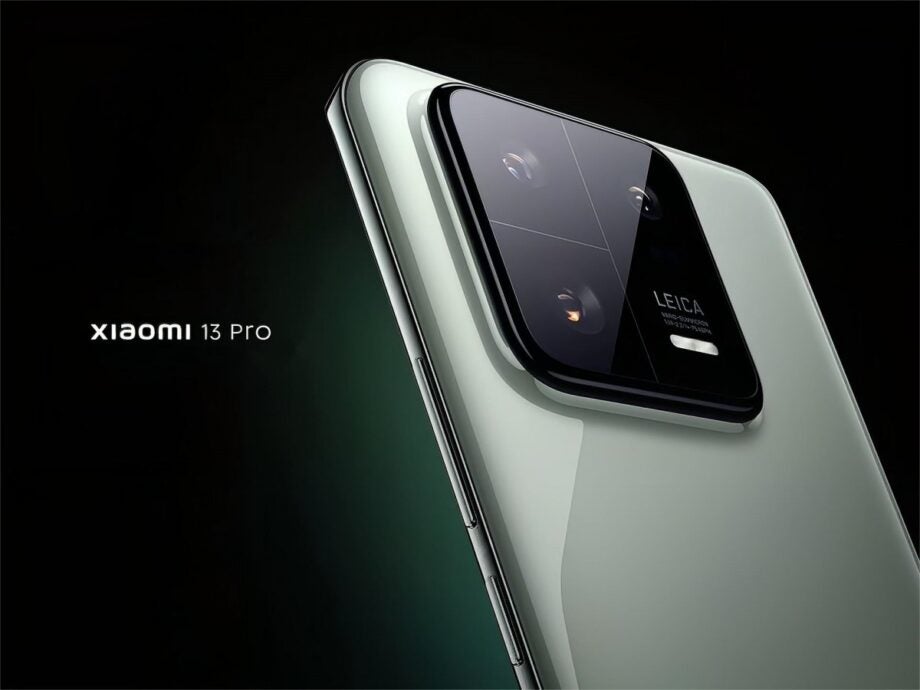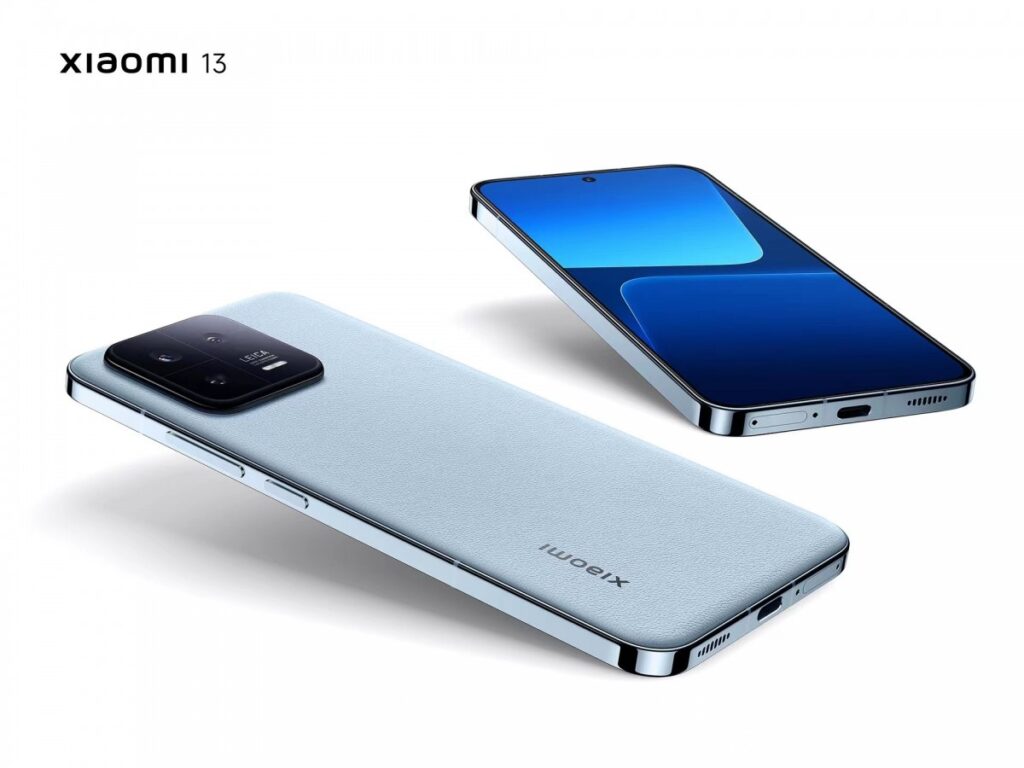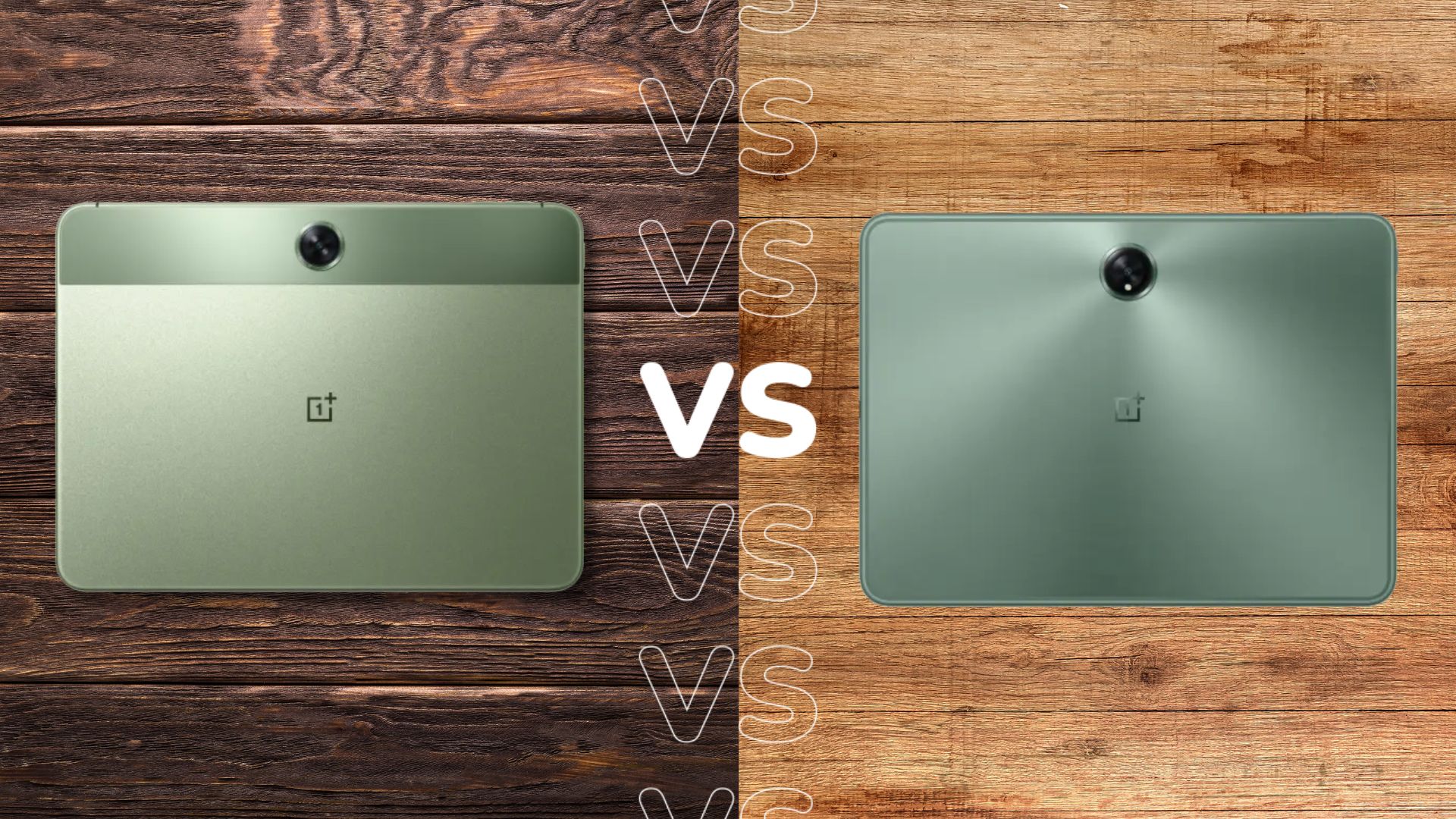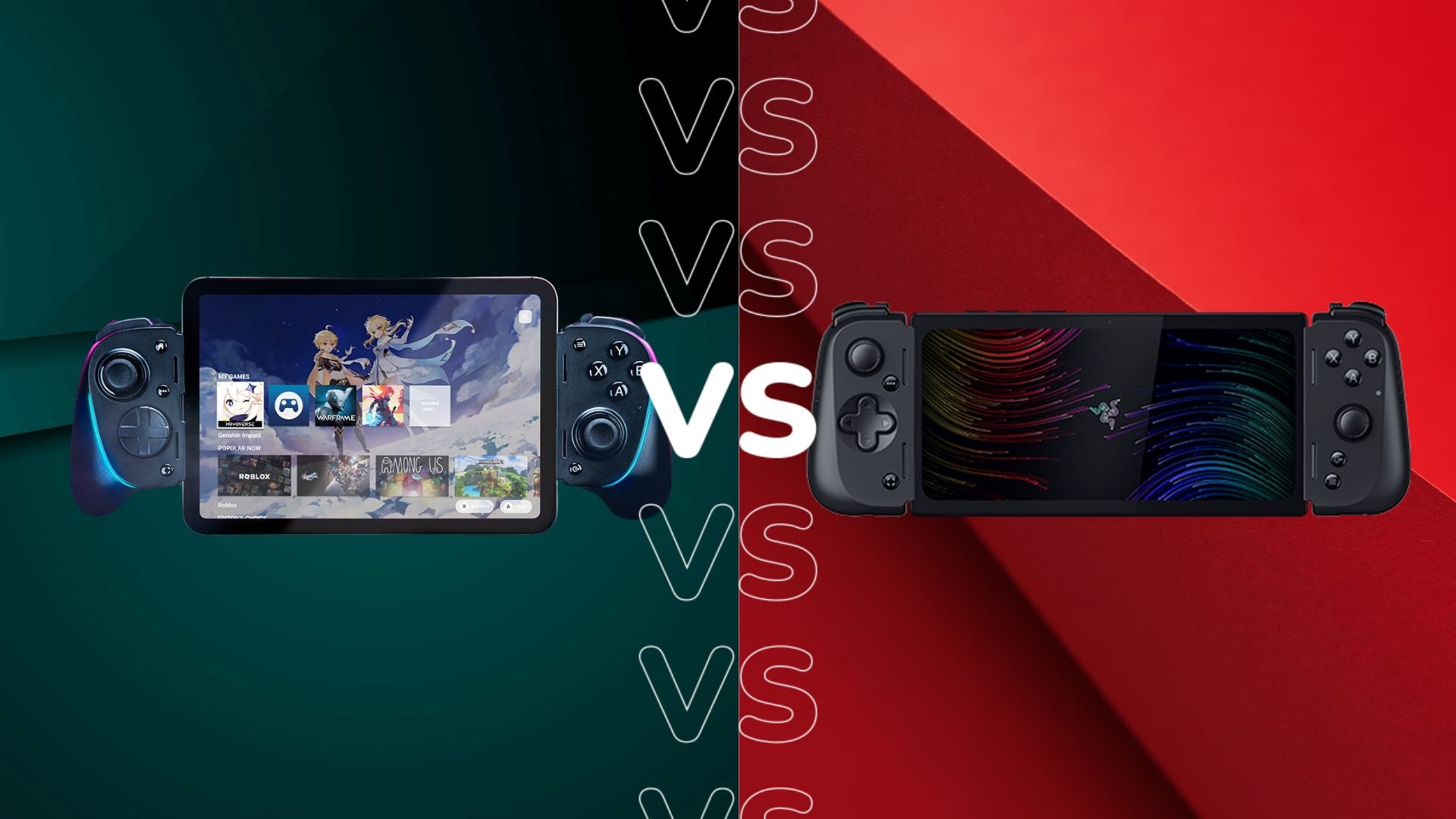Xiaomi 13 vs Xiaomi 13 Pro: What’s the difference?

Xiaomi has just unveiled its new flagship phones for 2023, with upgrades made over the 12 series. But is the Pro worth the extra cost?
Xiaomi is a leading Android manufacturer, and it has just revealed two of its premium phones for the new year. The Xiaomi 13 and Xiaomi 13 Pro both look promising, but what exactly are the differences between the two?
This article highlights the main points of divergence so that you can get a sense of which one might be right for you. Please bear in mind that, as of the time of writing, we’ve not had the opportunity to test out either of these handsets, so we are basing this article purely on the announced specifications.
Display
The Xiaomi 13 Pro’s display boasts many high-end specs. Measuring 6.73 inches, this LTPO panel has a sharp 1440 x 3200p resolution, a 120Hz variable refresh rate and support for HDR10+ and Dolby Vision.

By contrast, the Xiaomi 13 has a couple of compromises. For one thing, the display is slightly smaller, at 6.36 inches, and its resolution is also a tad less sharp at 1080 x 2400p. The refresh rate is not adaptive, but it can still reach a maximum of 120Hz.
Performance
Both devices will run on Qualcomm’s new Snapdragon 8 Gen 2 chipset, being among the very first smartphones to sport this silicon.
Qualcomm has claimed that there will be several notable improvements to this new flagship chipset, including AI capabilities, security, connectivity, camera, audio, gaming and more. It’s likely to be one of the highest-performing processors on the market.
Camera
The Xiaomi 13 Pro has triple 50-megapixel camera sensors on the rear, those being a wide-angle, ultrawide and 3x telephoto zoom lens.
The Xiaomi 13 also has a 50-megapixel wide-angle sensor, but it’s accompanied by a 10-megapixel telephoto (again with 3x optical zoom) and a 12-megapixel ultrawide lens.

Battery
The Xiaomi 13 Pro has a 4820mAh battery capacity, and it supports 120W wired charging and 50W wireless charging (along with the option of 10W reverse wireless charging).
The Xiaomi 13 has slightly different specs, with a smaller capacity and slower wired charging. It will have a 4500mAh cell and 67W wired charging, while it retains the 50W wireless charging and 10W reverse wireless charging of its sibling.
Design
Although the two handsets look similar, there are a couple of key differences that set them apart. Firstly, the Xiaomi 13 Pro has a screen that curves slightly at the edges, whereas the Xiaomi 13 has a purely flat screen. Secondly, there are differences in the colour options.
The Xiaomi 13 Pro is available in white, black, green and light blue, the latter of which appears to have a leather-like finish. You can get the Xiaomi 13 in these colours too, but if you’re not into the subtle look, it’s also available in more vivid options of red, yellow, green and blue.
Price
Finally, there’s a price difference between the Pro and the standard edition. The Xiaomi 13 will be available in China starting from CNY3,999 (~$575/£470), while the starting price of the Xiaomi 13 Pro is CNY4,999 (~$720/£590).
We’ve not yet seen official pricing for the US and Europe, so we’re not completely sure how much they’ll retail for here, but the currency conversions do give us some idea.

Early Impressions
It’s far too early for us to recommend one of these phones over the other, especially seeing as we’ve not yet put them through our review process.
But it seems like the Xiaomi 13 Pro does have the edge on the standard variant when it comes to specs, particularly regarding the camera. We’ll have to wait and see whether that impression holds up by putting the two devices to the test. Keep an eye on Trusted Reviews for the full reviews.








